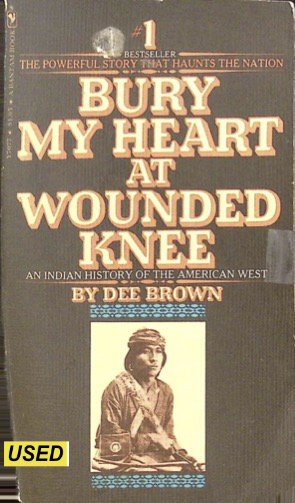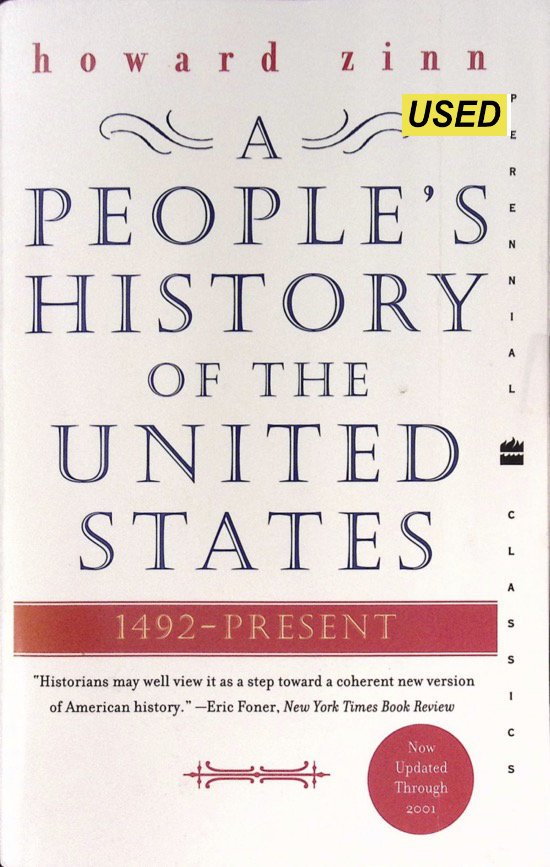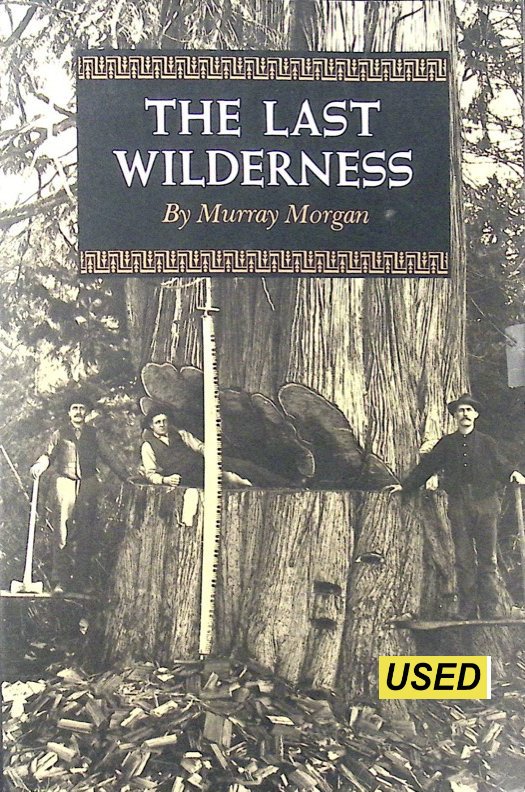By Audrey Fisch
"American Slaves in Victorian England" by Audrey Fisch sheds light on the often overlooked history of American slaves who found themselves in England during the Victorian era. Through meticulous research and compelling narratives, Fisch explores the experiences, challenges, and triumphs of these individuals as they navigated a society far from home. This book provides a thought-provoking glimpse into a lesser-known aspect of both American and British history, offering a fresh perspective on the complexities of race, identity, and freedom in the 19th century.
Cambridge University Press, 2000, 139 pages





















